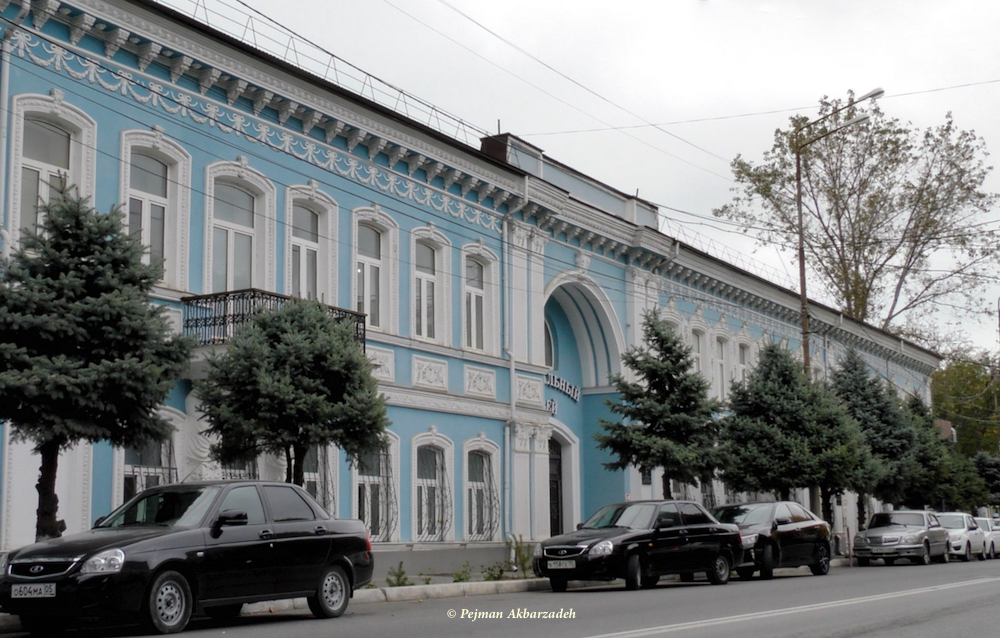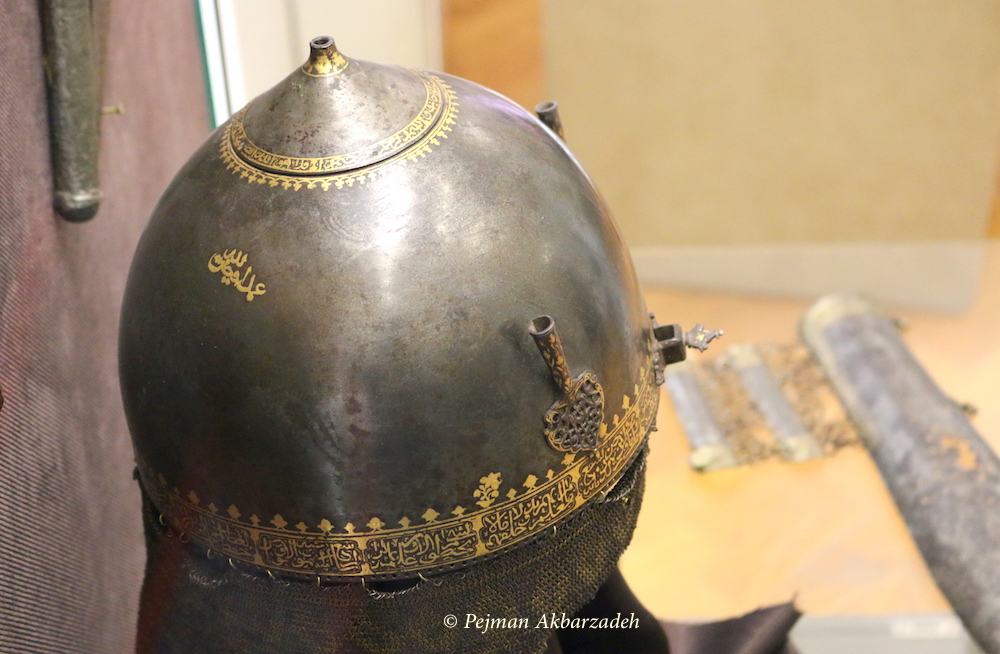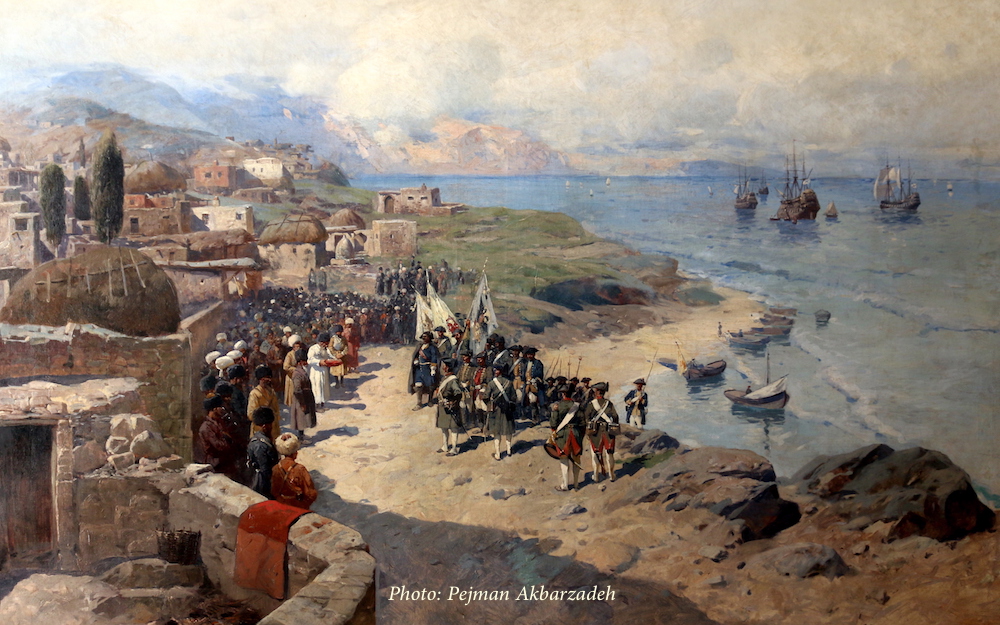Dagestan National Museum, in the Russian Federation, holds a collection of Persian artefacts and manuscripts which is little known elsewhere. One of the important documents in this museum is a royal Persian order [farman/firman], over 300 years old, from the Safavid king Sultan Husayn to the ruler of Derbent. At that time Derbent was part of the Persian Empire. It was conquered by Russia in 1813, following the Treaty of Golestan and now is part of the Autonomous Republic of Dagestan.
Following the Russian-Persian wars a large part of this land became separated from Persian (Iranian) soil. However, there are still various signs of Persian culture and history in Dagestan, especially at the National Museum in Makhachkala.

The museum in its current form was founded in 1924. A multitude of historical documents and artefacts are kept there but a complete catalogue of its acquisitions has not yet been published.
Persian artefacts (mainly weapons) are displayed in three galleries. Some of the items were originally used in the daily life of the Dagestan’s people, such as riding flasks, and dishes decorated with birds or other animals. “Many Dagestanis worked as jewellers within what are now Persia’s modern boundaries. They bought various items which they then took back to Dagestan, such as things for interior design and architecture, but mainly weapons”, Miriam Sagitova, a curator at the museum, says. “Many wars took place in Dagestan and several Khans lived here. These Khans would buy weapons to keep in their homes but, after the 1917 Bolshevik Revolution, they sold the weapons to museums. Therefore, many weapons in our collection come from those private collections.”

Alongside the weapons, dishes and tiles, one of the unique items at the National Museum of Dagestan is a farman (written royal decree). It was sent from Shah Sultan Husayn to the governor of Derbent in 1705. “Safavids and other Persian rulers governed the city of Derbent/Darband in Dagestan, where some had family ties with the local rulers. They kept their royal documents in their homes and some are now in the archive of Dagestan National Museum, Miriam Sagitova says. “We have displayed one of them in the gallery.”
One of the other valuable collections in the museum is of paintings with indirect link to Persia/Iran. Various historical exchanges between Persia and Russia are depicted in them, and include a work by François Roubaud: best-known for his panoramic paintings. Roubaud, in this painting, has depicted the Persian Campaign of Peter the Great in 1722, and his meeting with the Persian ruler of Dagestan. After the Bolshevik Revolution this painting was transferred to Russia, from Georgia.

“Many items in our museum have been transferred from the Caucasus Museum in Tbilisi. This was done after the Bolshevik Revolution in 1917, as well as after the Russian victory in the Caucasus War in the mid-19th century,” Miriam Sagitova says. “Today, the National Museum is named after Takho Godi, one of the educated and intellectual figures of the Bolshevik Revolution who had a key role in collecting the items for this museum.”
Information on the collections in Dagestan National Museum, including its Persian treasure, is quite limited. In several online sources it is mistaken with Dagestan Art Museum, which is a separate institution. The identification of many cultural institutions in Russia, especially those distant from Moscow and St. Petersburg, is still at an early stage.
——
This article was originally published in Persian on the London-based “Iran International” website.